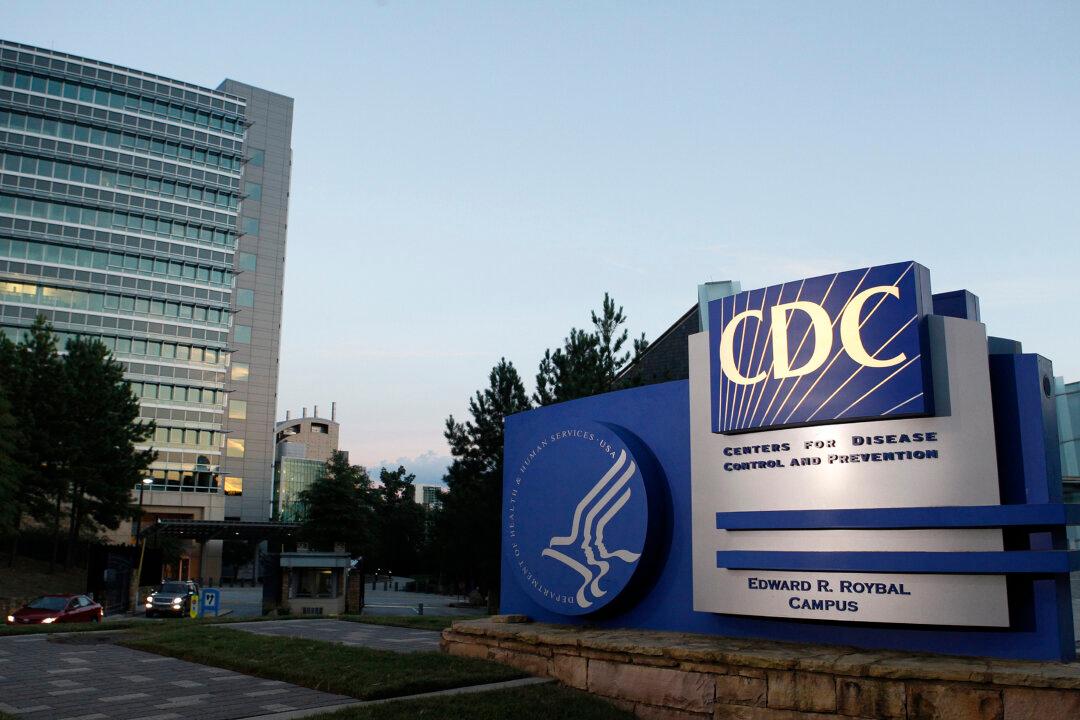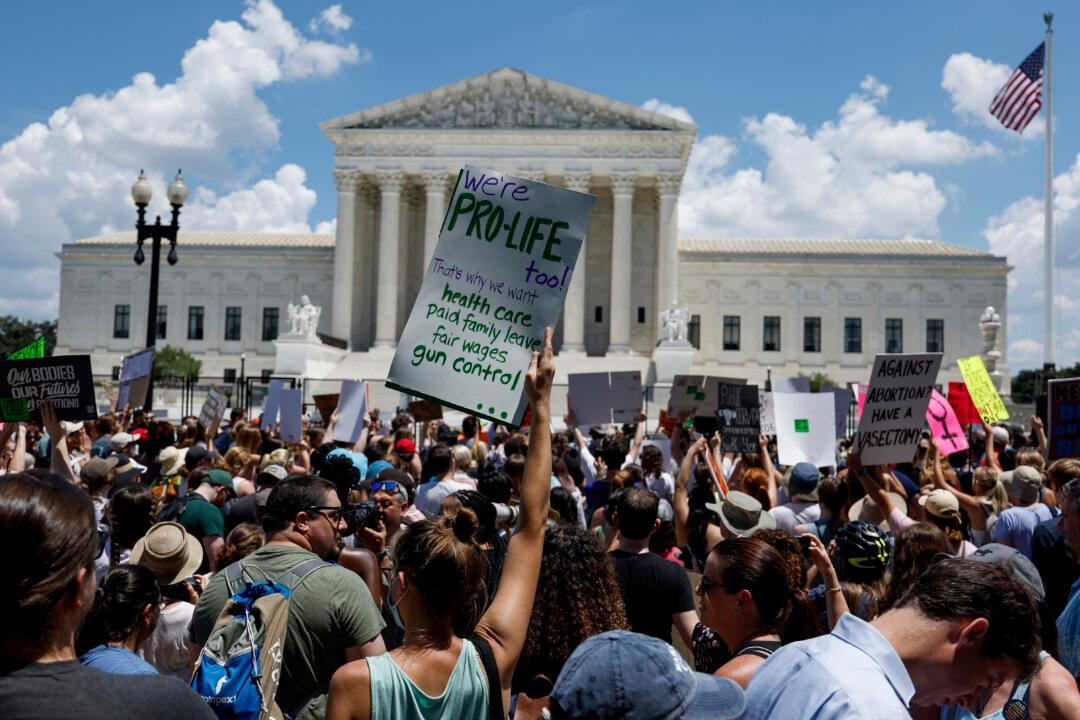The Centers for Disease Control and Prevention said Monday that normal household cleaners and soap are adequate to use to clean indoor surfaces and disinfectants are only necessary if someone in the home has been sick with the virus.
“In most situations, regular cleaning of surfaces with soap and detergent, not necessarily disinfecting those surfaces, is enough to reduce the risk of COVID-19 spread,” said CDC Director Rochelle Walensky said at Monday’s White House coronavirus briefing.





